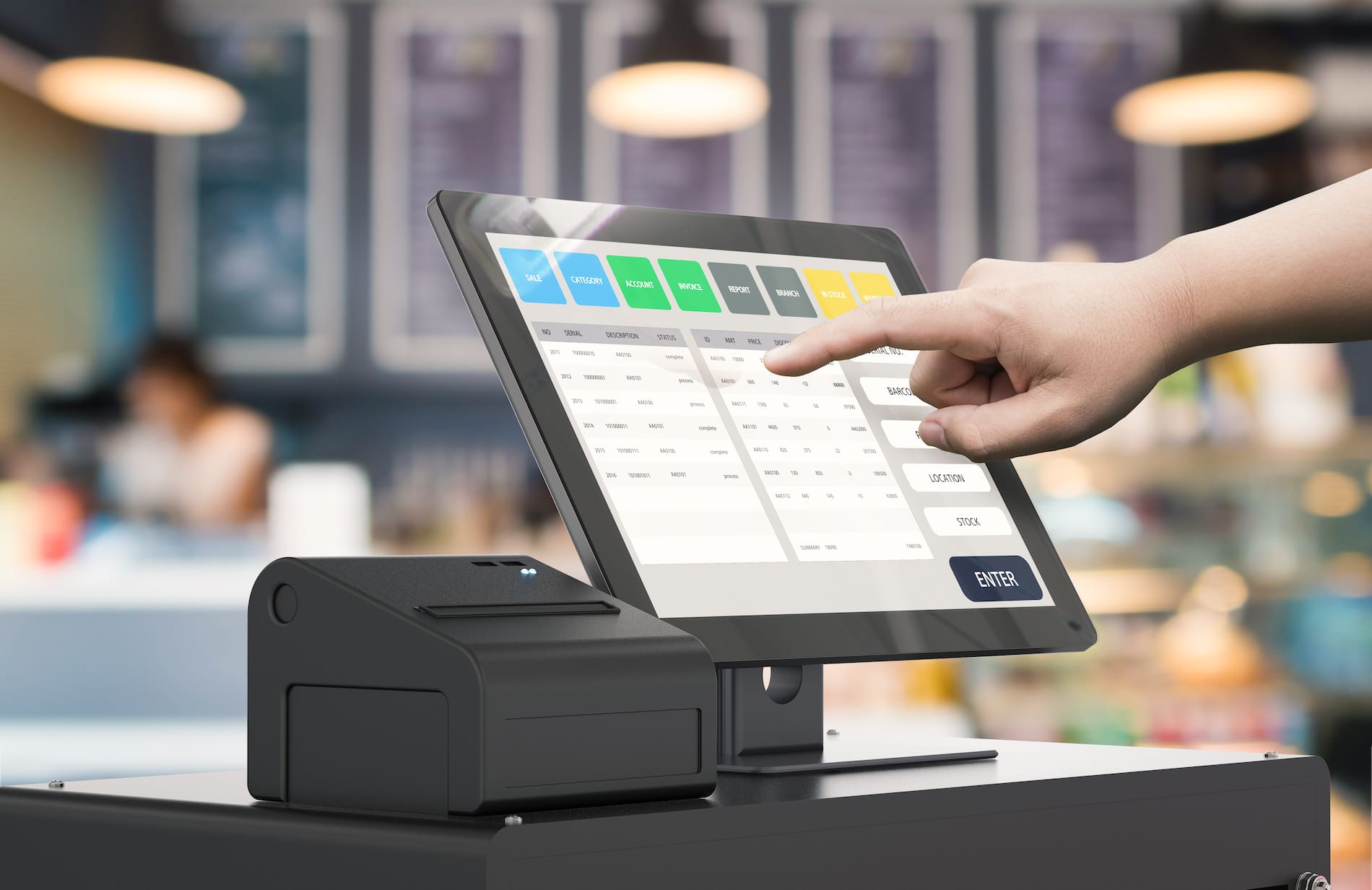Remote operations were the norm for some time during the pandemic, but now, hybrid operations have largely taken over fully-remote operations. The unfortunate fact of this change, however, is that your employees in the office are getting more out of meetings. Let’s discuss how you can make meetings more equitable for everyone involved, both remote employees and in-house staff.
Hybrid Meetings Present Both Benefits and Challenges
Hybrid meetings have loads of benefits, as they offer a flexibility that was previously unheard of for attendees. If people could not attend in person, they would have to catch up later, but nowadays, most meetings are recorded so that staff can view them at a later time.
In some ways, it makes your meetings more inclusive to conduct them this way, and it can boost engagement in the process, but it’s not the silver bullet for solving all of your meeting problems. Hybrid meetings tend to be dominated by those who are actually in the conference room, with remote participants acting more like a background audience. It goes without saying that this is not the point of hybrid meetings, so how do you resolve it?
Everyone Needs to Invest Some Effort
Depending on your role in the meeting, there might be different methods you can use to make your hybrid meeting more equitable for everyone.
For the Remote Attendee
- Turn on the camera: When you show your face to the others, your team members will know you are present and ready to interact with them. Logitech confirms this fact with a statistic that says webcam interaction increases effectiveness, participation, and satisfaction by 20-50%.
- Be engaging: It’s important that you prioritize collaboration amongst your remote employees, and that means encouraging them to interact in much the same way they would if they were in an in-person meeting.
- Be prepared to participate: Before each meeting, confirm that your remote employees can interact with your team, i.e. their camera works, their microphones work, etc. This will confirm that, if they have something to contribute, they can and most likely will.
For the In-Person Attendee
- Remain cognizant of the remote experience: Your remote employees already know they are remote, so your in-house employees should also keep this in mind, too. If videos freeze up or audio cuts out, it’s important to treat it with understanding and empathy.
- Stay focused: Side conversations, or those that remote participants cannot really partake in, are rude and unproductive. Keep your meetings focused to avoid these kinds of conversations.
- Treat the camera like a person: It might seem a bit odd to look into a camera lens like it’s a human being, but this doesn’t make it any less important. Do this from time to time to make sure your remote employees feel involved, seen, and heard.
For the Meeting Facilitator
- Delegate speaking time: Remember, you’re in charge of the meeting, so you have more control over who participates than you think. You can assign roles and duties in relation to the meeting and its topic to ensure everyone has a voice.
- Involve some controlled small talk: That said, your employees are not going to be productive throughout the entire meeting, so don’t try to force them to be. Provide some time for your team members to have off-topic discussions so that your remote and in-house teams can connect with each other the way they might in the office.
Properly Managing Your Hybrid Strategy Also Involves IT
No matter what kinds of meetings you are holding, you’ll need the technology to support them. AE Technology Group can equip your team with the tools they need to take part in meetings and engage with your workplace in whatever way they need to. Contact us today to learn more at (516) 536-5006.






